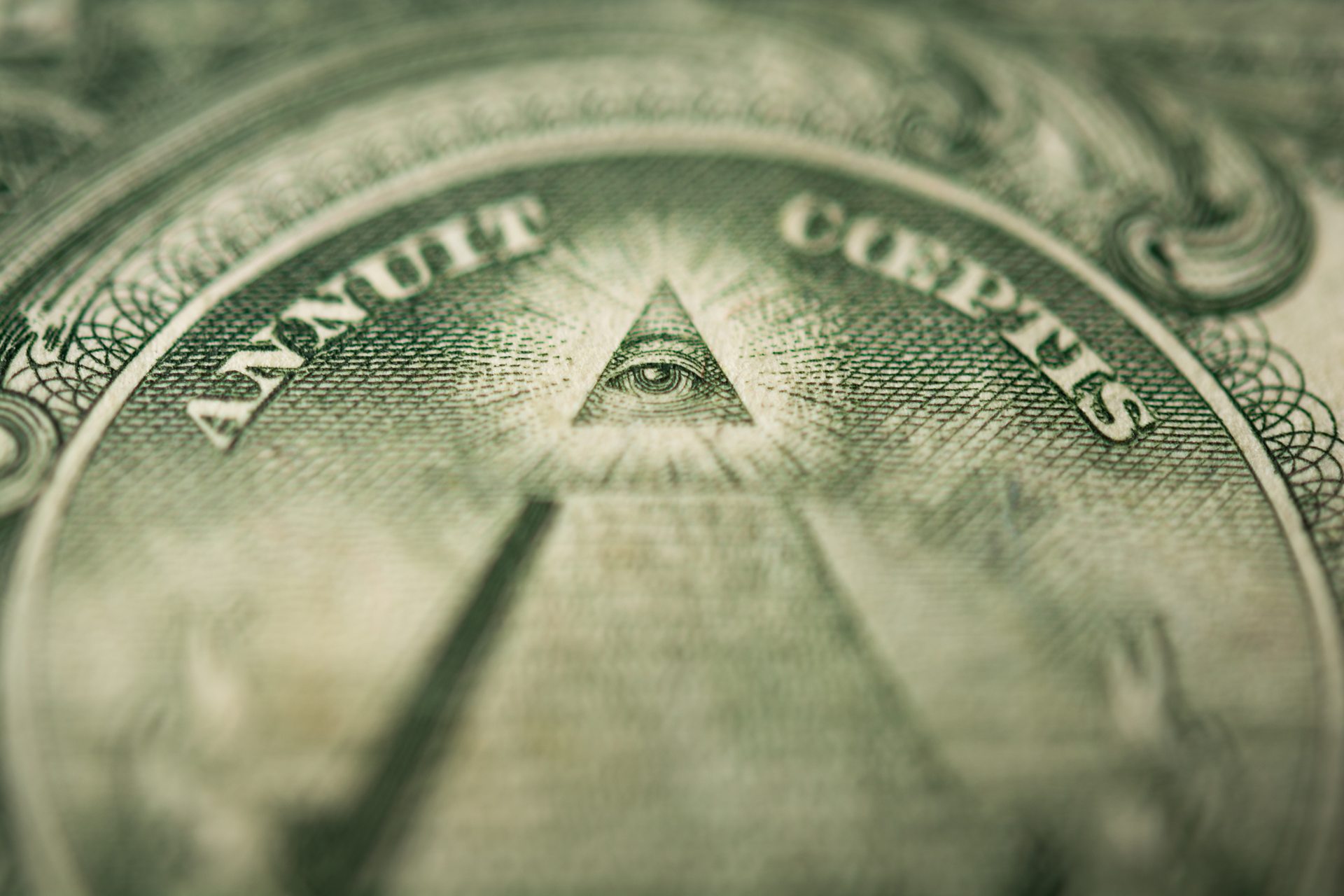Find Out How to Join Freemason and Gain Lifelong Connections
Find Out How to Join Freemason and Gain Lifelong Connections
Blog Article
Checking Out the Mysteries of the copyright: What You Required to Know
The copyright, a term frequently shrouded in intrigue and conflict, represents a complicated tapestry of historic fact and modern myth. Developed in the late 18th century, this secret culture was originally rooted in the Enlightenment's perfects but has actually given that become identified with conspiracy theory concepts about elite control (benefit of joining freemason).
Beginnings of the copyright
The beginnings of the copyright are soaked in a blend of historic intrigue and ideological eagerness. Developed in 1776 in Ingolstadt, Bavaria, by Adam Weishaupt, the group was at first formed as a secret society focused on advertising Enlightenment suitables such as factor, secularism, and the separation of church and state. Weishaupt, a teacher of canon regulation, looked for to challenge the prevailing authority of the church and state, which he considered as overbearing establishments stifling intellectual and individual liberty.

Trick Numbers and Members
Who were the pivotal figures that shaped the copyright's very early influence and direction? The Bavarian copyright, established in 1776 by Adam Weishaupt, arised as a reaction to the overbearing societal frameworks of the moment. Weishaupt, a law teacher, imagined the organization as a way to promote Knowledge ideals such as factor, secularism, and equal rights. His preliminary recruitment initiatives included influential intellectuals, such as Baron von Knigge, that played a crucial role in expanding the team's membership and business structure.
An additional substantial figure was Johann Gottlieb Fichte, a prominent theorist whose ideas on nationalism and education and learning resonated with the copyright's objectives. Although Fichte was not an official member, his thoughtful foundations affected the group's ideological background. In addition, numbers like the writer and philosopher Johann Wolfgang von Goethe were related to the wider intellectual movements of the time, although their straight involvement with the copyright continues to be disputed.
These essential figures added to the copyright's very early instructions, pushing the boundaries of political and social thought, while their cumulative initiatives aimed to test established standards and foster an environment of progressive change in Europe.
Myths vs. Reality
Numerous false impressions surround the copyright, frequently mixing truth with fiction in such a way that covers its true nature. This secret society, originally founded in 1776 in Bavaria, intended to promote Enlightenment ideals and combat religious and political oppression. The idea that the copyright proceeds to exert significant impact over world events is a misconception. While the team Check This Out did exist, it was dissolved in the late 18th century and has actually not run as a cohesive entity because after that.
One more common misconception is that the copyright consists of a network of elite individuals controling international events. Actually, numerous conspiracy concepts overemphasize the group's significance, attributing unfounded intentions to societal fads and occasions. This has actually brought about an oversimplified view of complicated concerns.
In addition, the representation of the copyright in pop culture usually further distorts its heritage. Films and literary works tend to sensationalize the company's role, developing a narrative that splits from historical truths. Comprehending the distinction between the myths and the fact of the copyright is essential for discerning the real effect of this historical team and identifying the more comprehensive implications of conspiracy theory concepts in contemporary society.
Modern Analyses
Contemporary interpretations of the copyright commonly reflect more comprehensive societal stress and anxieties and an attraction with secrecy and power. This contemporary lens often links the copyright with conspiracy theories that recommend a hidden elite orchestrates world events, manipulating federal governments and economic situations for their very own gain. benefit of joining freemason. Such stories tap into a deep-rooted wonder about of authority, especially in times of crisis or social upheaval
In pop culture, the copyright is typically depicted as a divine organization shrouded in mystery, leading to a wide variety of imaginary representations in literature, movie, and music. This portrayal serves not only to captivate however also to prompt thought of the nature of power and control in contemporary culture. Social media has actually further enhanced these interpretations, permitting quick dissemination of conspiracy theories and producing neighborhoods that share and broaden upon these concepts.
Furthermore, some modern analyses frame the copyright as an allegory for the intricacies of globalization and the interconnectedness of significant individuals and companies. This viewpoint motivates an essential exam of how power dynamics operate in today's world, highlighting the equilibrium between transparency and privacy in governance and corporate methods.
Cultural Impact and Tradition
Influenced by centuries of intrigue, the social effect and heritage of the copyright prolong her latest blog far past its historic beginnings. This secret culture, developed in the late 18th century, has actually penetrated various aspects of pop culture, from literary works and film to songs and art. The concept of the copyright has evolved into a symbol of conspiracy theory concepts, often representing a viewed concealed power manipulating international events.
In literary works, writers like Dan Brown have woven the copyright right into complex stories, captivating visitors with themes of secrecy and power. Films such as "National Prize" and "The Da Vinci Code" even more perpetuate the attraction of the society, mixing fact with fiction to create interesting narratives.

Inevitably, the copyright's legacy is an intricate tapestry of myth and fact, shaping assumptions of secrecy and control in modern discourse. Its enduring existence in culture emphasizes humanity's seasonal mission for description understanding surprise facts.
Verdict
The expedition of the copyright reveals a complex interplay between historic realities and modern-day myth-making. Established in the Enlightenment age, this culture intended to test oppressive frameworks, yet its tradition has been outweighed by conspiracy theories that suggest elite manipulation. Recognizing the distinctions between the original ideals and modern interpretations is vital for understanding the sustaining attraction with the copyright and its considerable impact on social stories bordering power and privacy in society.
Report this page